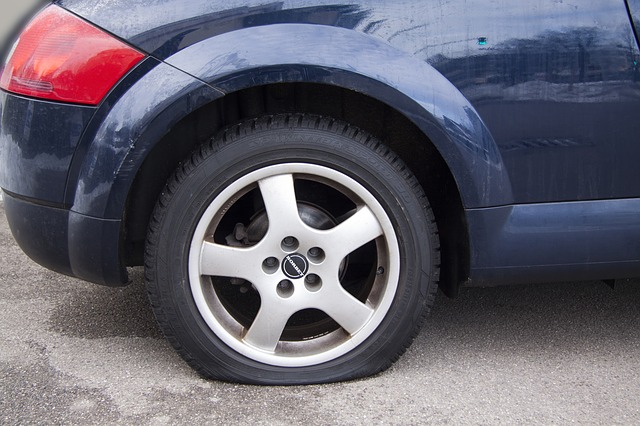Scientists working to develop self-repairing tire
The researchers also found that the self-healing rubber they developed were superior in terms of ductility, tensile strength and elastic modulus compared to the conventional rubber tire.
Currently, this wouldn’t save a driver from having to swap to a spare after a puncture and flat.
The discovery of the material and its properties has been documented in the journal Applied Materials & Interfaces, of the American Chemical Society.
For the first time, scientists have made tire-grade rubber without the processing step – vulcanization – that has been essential to inflatable tires since their invention.
However, adding carbon/nitrogen into the mix instead of the normal vulcanisation process, allows these bonds to reform and “heal” the rubber. But once an errant piece of glass or other sharp object pierces a tire, it can’t be patched for long-term use.
Amit Das, the leader of the study, explained the process of making flat tire resistant rubbers. He stated that the new process actually has nothing at all to do with vulcanization.
The researchers turned to a simple approach that converted widely used, commercially available bromobutyl rubber into a highly elastic material imbued with self-healing properties.
The investigative team discovered that following many different tests, it is indeed possible to manufacture rubber that heals itself after they are cut or pierced. The trials were successful and took place at room temperature, which is good news, because that means tires would easily heal in real life as well.
According to the researchers, the addition of reinforcing agents such as silica or carbon black could boost the self-healing rubber’s strength even farther.
Das and his colleagues say their research was motivated by the pioneering work of French scientists led by Ludwik Leibler who in 2008 created a self-healing rubber-like material that could stretch to several times its normal length when pulled.








